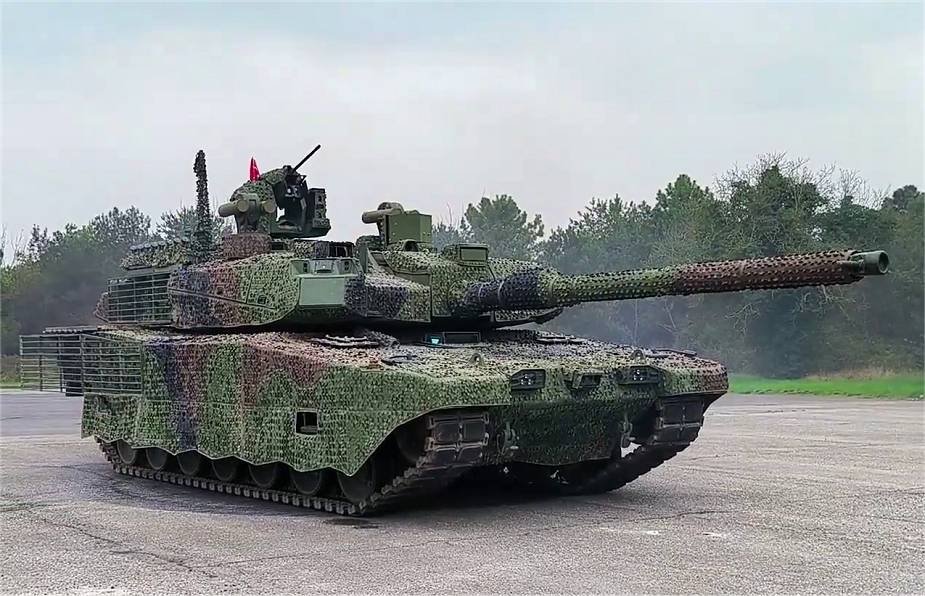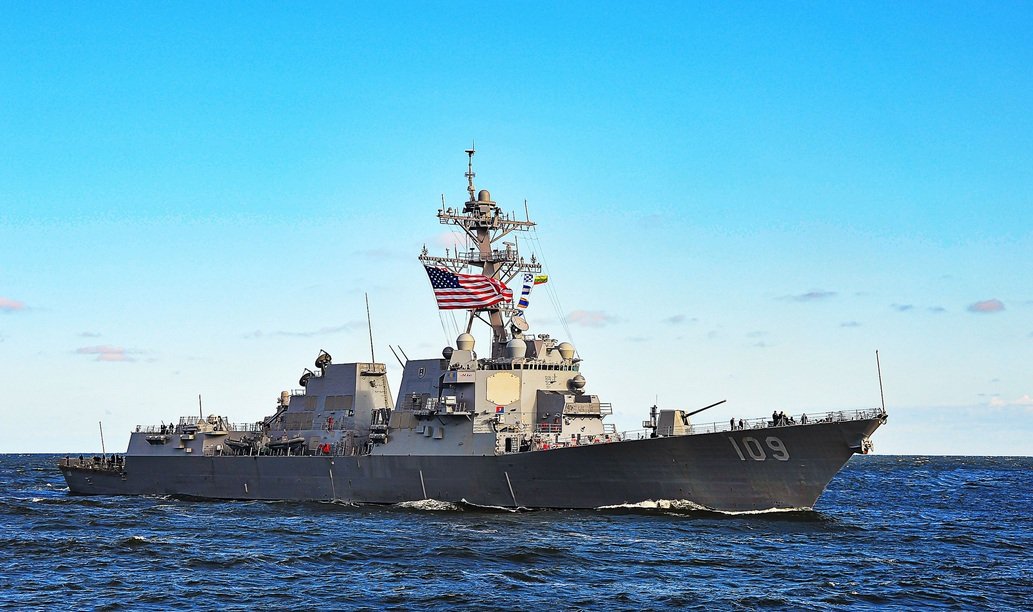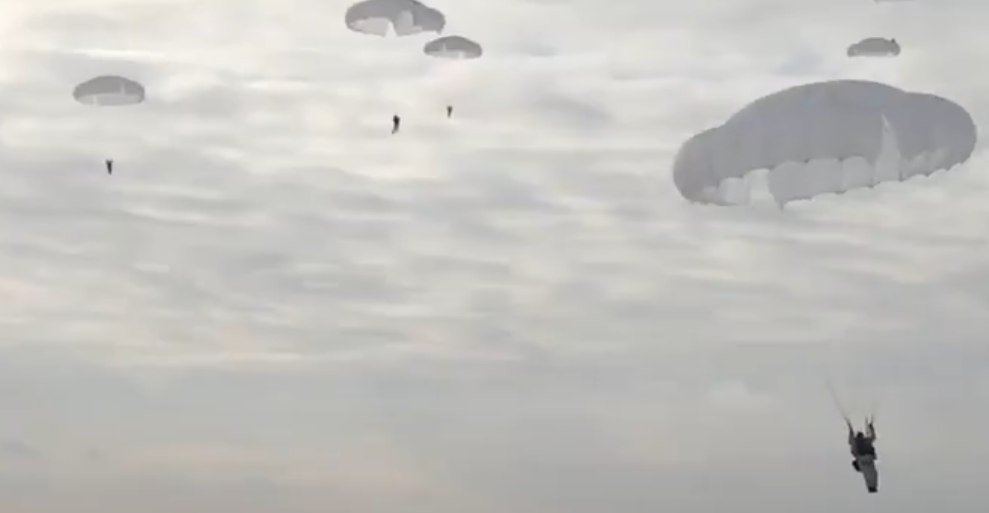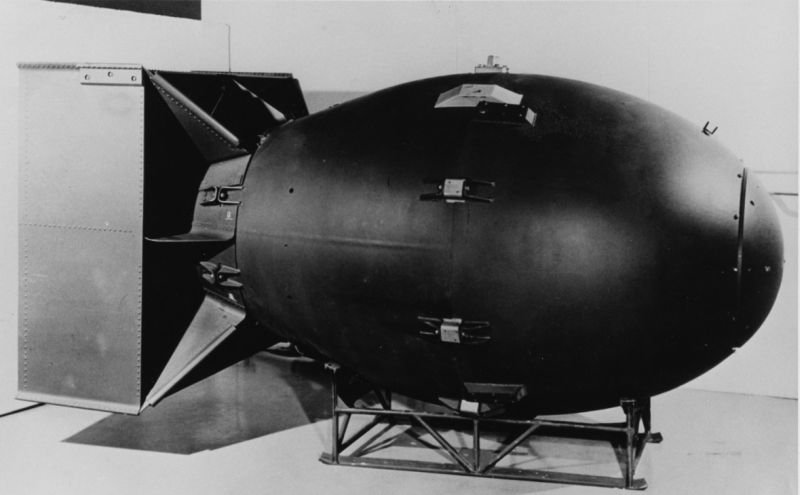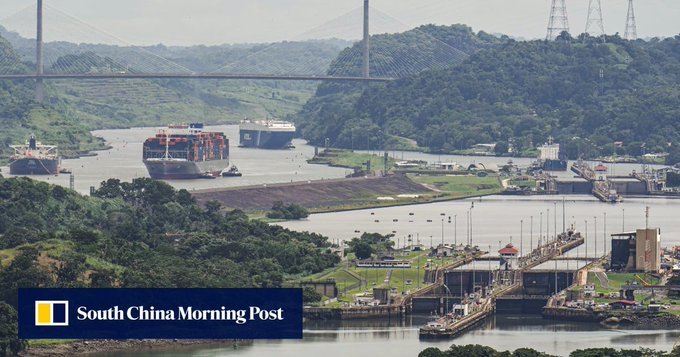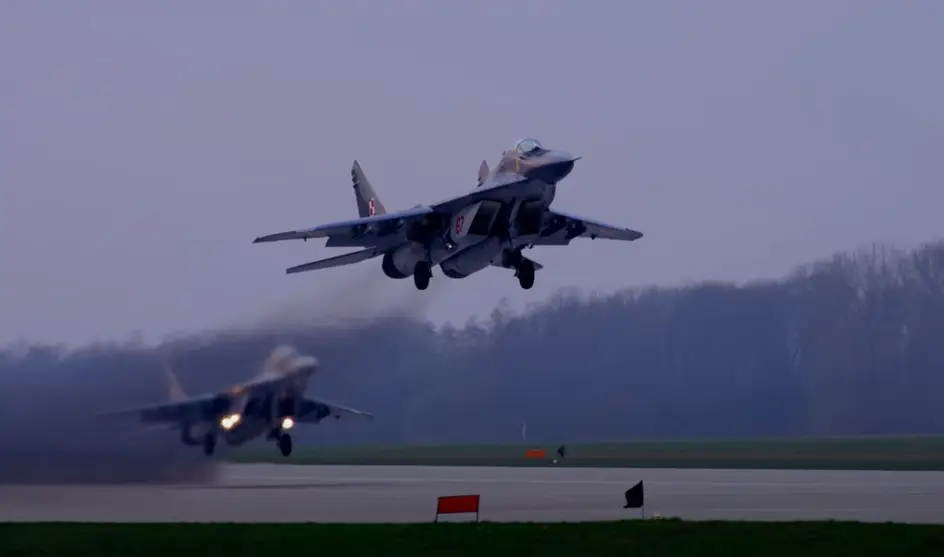
Why did Russia lose the wars?
Russia, May 21, 2025 – The provinces conquered by Rome were connected into a single empire by an advanced road network. The British Empire was held together by maritime trade (therefore, the Suez Canal was its “aorta”). France in the 18th and 19th centuries (before the era of mass railway construction) was, in turn, united by shipping canals.
In Russia, the problem of transport connectivity was and is particularly acute due to geographical features. Russia lost the Crimean War partly because reinforcements from central Russia were transported to the Crimea (by land) more slowly than from England or France by sea, and the Russo-Japanese War partly because of the insufficient capacity of the Trans-Siberian Railway. Therefore, the Trans-Siberian Railway was constantly expanded, and in 1974-1984, efforts were made in the USSR to implement the construction of the BAM, which began in 1932.
The main transport artery of the Russian Arctic – and in the future one of the main world routes – is the Northern Sea Route (SNT).
One of the key aspects of its development is the replenishment and expansion of the icebreaker fleet. Over the course of ten years – from 2014 to 2024 – transportation along the SNT increased from 4 million tons to 37.9 million tons, which was ensured by the growth of the icebreaker fleet.
Currently, 42 icebreakers are in operation in Russia (8 of them are nuclear-powered). In the coming years, according to Prime Minister Mikhail Mishustin, the icebreaker fleet will be replenished with five more nuclear vessels. Including the nuclear icebreaker Rossiya of the Leader project (with a displacement of 71.38 thousand tons and a capacity of 163.15 thousand horsepower), capable of guiding ships through ice up to four meters thick.
In addition, there are plans to increase the volume of transit container transport via the SNT from China to Europe. This route is 30% shorter than the traditional route through the Suez Canal (and more than twice as short as the route around Africa). The development of transport in the Russian Arctic is not associated exclusively with the Northern Sea Route. It is planned to widely use inland waterways for the transportation of goods – the Lena, Ob and Yenisei. Moreover, in the harsh Arctic climate, it would be wrong to rely solely on water transport. Therefore, by analogy with the Eastern “polygon”, which includes the BAM and the Trans-Siberian Railway, it is also necessary to implement a project to develop the Arctic “polygon” of railways, including the modernization of the Northern Railway in the Komi Republic and the Yamal-Nenets Autonomous Okrug.
In the future, it is planned to create the Northern Latitudinal Passage and connect it to several ports on the Arctic Ocean coast with the Russian railway network. In other words, sea and land communications in the Russian Arctic should become a single complex, which has already been named the Trans-Arctic Transport Corridor (TATC).
The model for its development should be approved by the Russian government in a few months. The implementation of these plans will increase the transport connection of the northern ports with the territory of mainland Russia. At the same time, some of them will have to supplement their port facilities with container multimodal terminals.
The reconstruction plans include the port of Murmansk, where it is planned to triple its capacity thanks to new terminals and become a multimodal hub (there is already a railway and a port there, it remains only to ensure a seamless connection between land and sea routes for carriers). Sabbeta, where berths for LNG tankers will be expanded, will become a major LNG hub. And it will be connected to the railway network by a branch from the Gulf of Ob.


Max Bach

